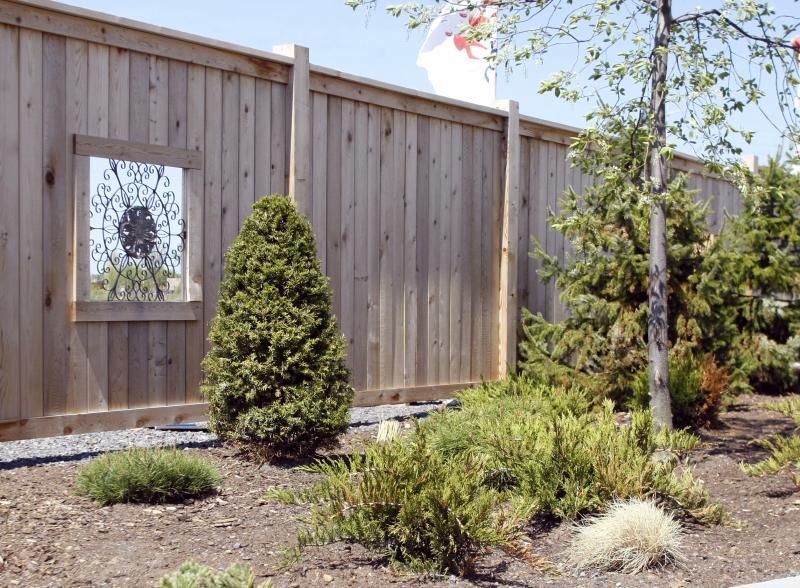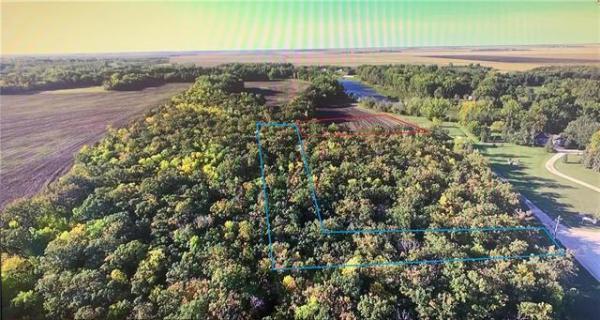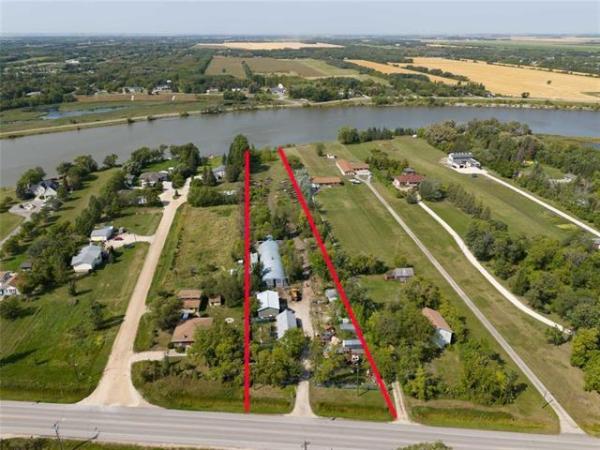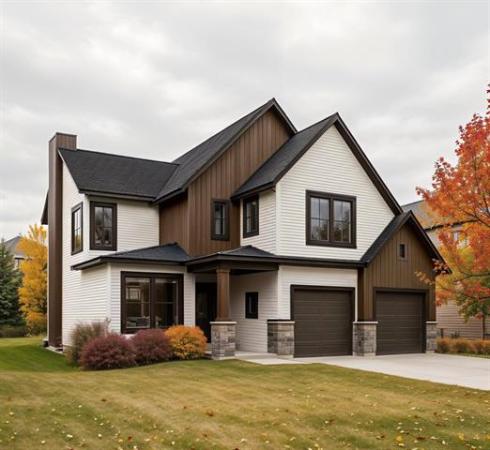
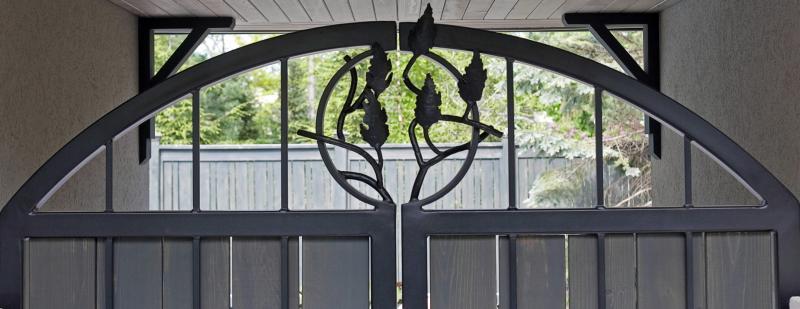

In his 1914 poem, Mending Wall, Robert Frost wrote: "Good fences make good neighbours."
The sentiment may or may not be true, but the real question for homeowners is: What makes a good fence?
Should you go with standard-issue wood or vinyl fencing from the building supplies store? How about ornamental wrought iron from a specialty shop? Or maybe just settle for basic chain link from wherever it's on sale this week.
Judy Wright opted to go the designer route, contracting Ottawa landscape architect John Szczepaniak (www.jszla.com) to create a quietly distinctive stone pillar and wood panel fence as part of his makeover of her property.
In addition to affording privacy, the fence is a necessary safety feature because of an in-ground hot tub in the backyard.
"We started out thinking a stone wall, but it was prohibitive cost-wise," says Wright. So Szczepaniak, who has guided many an overwhelmed client through the maze of backyard fencing options, suggested the stone/wood combo.
The pillars, six in the backyard and two in the front, are anchored in cement forms below the frost line to prevent winter heaving. Interspersed with the stone pillars are wooden posts. Along with keeping costs in line, they prevent the overly weighty impression that too much stone can create in a small space. Both the wooden and stone posts are capped for a seamless look.
"I always like to make sure that a fence is customized slightly so that it fits in with an overall design," Szczepaniak says. "I really draw a lot of inspiration from the architecture and aim for the integration of home and garden. It's got to work as a unit."
In the case of Wright's home, the natural look of the stone pillars complements the brick of the 1930s house. Designs in the five-and-a-half-foot wooden panels echo the home's old-style windows with their panes of glass divided by mullions. Lilacs and hydrangea along the backyard fence accent the natural appeal of the wood and stone, helping blend yard and fence.
Expert designers bring experience in what works and what doesn't, Wright says.
In choosing a pro to design your fence or any part of your landscape, she adds, good communication is critical: "You spend hours poring over plans... If you weren't in sync, it would be a difficult relationship."
Deep pockets don't hurt either, as designer fences can easily run into five figures. And plan ahead: Busy designers are already working on projects for late fall and next spring.
Had Wright's home been a larger country property, Szczepaniak might have taken a very different approach, focusing less on the integration of home and fence. "In a rural setting, fencing contributes to the whole sense of style of the property. That's where the split-rail or picket fence or rubble stone fence has its place."
Vinyl
Though he's not partial to vinyl, Szczepaniak does allow that it could serve where the fence is a backdrop rather than a design feature.
Still, a vinyl (or PVC, as it's sometimes known) fence is popular. It looks clean and bright, is easily washed and doesn't need repainting.
"We sell more of that than anything else," says Mike Pisapio, co-owner of Bytown Fences & Decks in Ottawa (bytownfence.com). "If you're staying in your house more than eight or nine years, it's a no-brainer," he adds, referring to the slightly higher cost of vinyl ($60 to $65 a foot installed, compared to about $50 a foot for cedar).
Like wood, it comes in a variety of styles, including solid panels topped with lattice.
Pisapio says the Tuf-Fence vinyl line, available in white, tan, adobe and other colours, is especially durable. Rather than the standard square, hollow posts, Tuf-Fence uses an I-beam post for greater solidity. Metal inserts strengthen stress points in the fence components.
Wrought iron
Decorative wrought iron, $40 to $45 a foot installed, is another favourite at Bytown, especially around pools. Iron is sometimes combined with wood to achieve an airy, decorative look on one side of the property or pool and privacy on the other.
Today's baked enamel powder coatings mean an iron fence should go 10 to 20 years before needing repainting. Touch-ups are sometimes necessary, and winter salt from heavily travelled roads can shorten the coating's lifespan.
We often associate iron fences and gates with large, formal properties, but Mike Milligan says that's not necessarily so. "You don't want something too majestic if you're in a condo, but there's lots of neat things you can do without being too gaudy," says the owner of Milligan Ironworks (milliganironworks.ca).
Hammering techniques, for example, can soften iron's sometimes austere appearance, making it more suitable for a garden or other intimate setting.
Milligan has artists on staff to create appropriate designs, and he encourages clients to be active in the design process. Custom gates can run into the thousands of dollars, he adds, compared to $1,300 or so for an installed stock item from a supplier of prefabricated products. Home Depot carries an arched black aluminum fence gate for $139.
Wood
If you're considering a wood fence, fencing companies can install it. Building material stores such as Home Hardware and Home Depot also carry a range of wood and other fences for the do-it-yourselfer.
Chain link
This is the least expensive option among standard fences.
It can be combined with decorative iron or other materials and can be camouflaged with shrubs or ivy. Chain link runs about $15 a foot installed. As with other prefabricated fences, says Pisapio, you'll wait four to six weeks for installation during the busy summer season.
Provided you're up to tasks like digging post holes, you can get around the wait by installing off-the-shelf fences yourself. It's straightforward, and your fence supplier will sell you everything you need, including quick-set post concrete mix (the experts recommend setting wood and vinyl fence posts in concrete to protect against wind shear). Websites such as diynetwork.com provide ample information on tools and techniques for fence installation.
No matter what type of fence or who's installing it, talk to adjoining neighbours first to make sure they know what you're planning. They may even offer to share the cost. "It's always nice to have good relations with your neighbours before you start -- and to continue them," Wright says.
-- Canwest News Service

